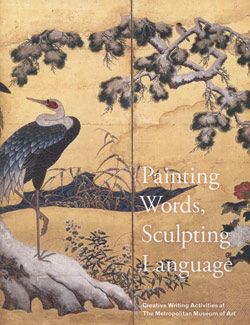Breasted Drum
Drums like this were used by Ompe and Ntan music and dance clubs, which were popular in the 1930s and 1940s. These drums, seldom played today but still displayed in front of the ensembles as they perform, are decorated with designs that help establish the public identities of the organizations. The breasts, first documented in the 19th century, indicate the drum's role as "mother" of the ensemble. Other painted relief figures represent common proverbs, political statement, or satire. The proverb "only the elephant can uproot the palm tree" signifies a sense of power associated with the emblem, located in the dominant position below the breasts. In older drums, the symbol is placed in an inconspicuous position; but as the hope for independence strengthened, it replaced the British Royal lion which are now on either side of the breasts. "Be patient" is the proverb identified with the heart, just above the elephant; it seems to indicate that patience and strength are eventually rewarded with national self determination. A frame beneath the breasts formerly held a mirror. Some drums include a framed clock to indicate when the hired ensemble began to accrue overtime wages.
This image cannot be enlarged, viewed at full screen, or downloaded.
This artwork is meant to be viewed from right to left. Scroll left to view more.









